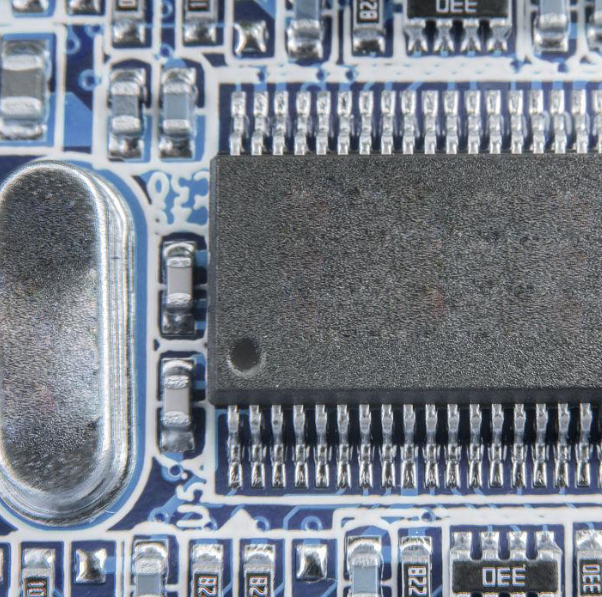Capacitor is an indispensable basic component in electronic circuits. Its main function is to store and release electrical energy. When a voltage is applied across a capacitor, it absorbs energy from the source and stores it in the electric field created between the plates. Conversely, when the voltage across the capacitor drops, the stored electric field energy is released. In electronics manufacturing and repair, capacitors are widely used, followed only by resistors. They are often used for functions such as circuit coupling, filtering, DC isolation and regulation, and can be combined with inductive components to form an oscillation circuit. In order to help electronics enthusiasts and engineers better understand and use capacitors, this article will focus on the labeling method of capacitors and their application in electronic circuits.
Capacitor labeling methods are divided into two categories: direct labeling method and indirect labeling method.

1. Direct labeling method
This method identifies the capacitor by marking the capacity directly on the case. The error levels of this labeling method are usually divided into five levels: 00, 0, I, II, and III, which respectively represent errors of ±1%, ±2%, ±5%, ±10%, and ±20%. If the error level is not specifically marked, the default error is ±20%. The specific labeling method is as follows:
(1) Number plus unit: Capacitance values are usually marked in farads (F) and its derived units, such as millifarads (mF), microfarads (μF), nanofarads (nF) and picofarads (pF). For example, a 47 picofarad capacitor is labeled 47p, a 10 nanofard capacitor is labeled 10n, and a 100 microfarad capacitor is labeled 100μF.
(2) Use units instead of decimal points: for example, 2.2 microfarads can be marked as 2μ2, 2.2 picofarads as 2p2, 2.2 nanofarads as 2n2, etc.
(3) Adding "R" before the number indicates the capacitance of a few tenths of a microfarad. For example, a 0.47 microfarad capacitor is labeled R47, and a 0.22 microfarad capacitor is labeled R22.
(4) Numbers directly mark the capacitance of the capacitor: In this case, integers without decimal points are usually in picofarads (pF), and those with decimal points are in microfarads (μF). For example, a 5100 picofarad capacitor is marked as 5100, a 51 picofarad capacitor is marked as 51; a 0.047 microfarad capacitor is marked as 0.047, a 0.01 microfarad capacitor is marked as 0.01, etc.
2. Three-digit indirect annotation method
This marking method is especially common on small-capacity capacitors, especially those with a capacity less than 1 microfarad. In this method, the three-digit number does not directly represent the capacitance of the capacitor, but is measured in picofarads (pF), and the error is often expressed through letters. Among them, the first two digits represent the base number, and the third digit represents the magnification. The formula for calculating the capacitance value is: base × magnification. For example, a capacitor marked 222 has a capacity calculated as 22×102=2200 picofarads; while a capacitor marked 104 has a capacity of 10×104=100000 picofarads, which is 0.1 microfarads. It should be noted that in some cases, there may be confusion between the foreign three-digit marking method and the domestic direct marking method. For example, domestic 510 picofarads may be marked as 510, while foreign 510 may represent 51 picofarads.
Understanding these marking methods for capacitors is crucial for electronic engineers and enthusiasts. It not only helps in the correct selection of capacitors, but also in circuit design and fault diagnosis.
basic knowledge. Correct annotation identification can ensure the normal operation of the circuit and maximize the performance.
